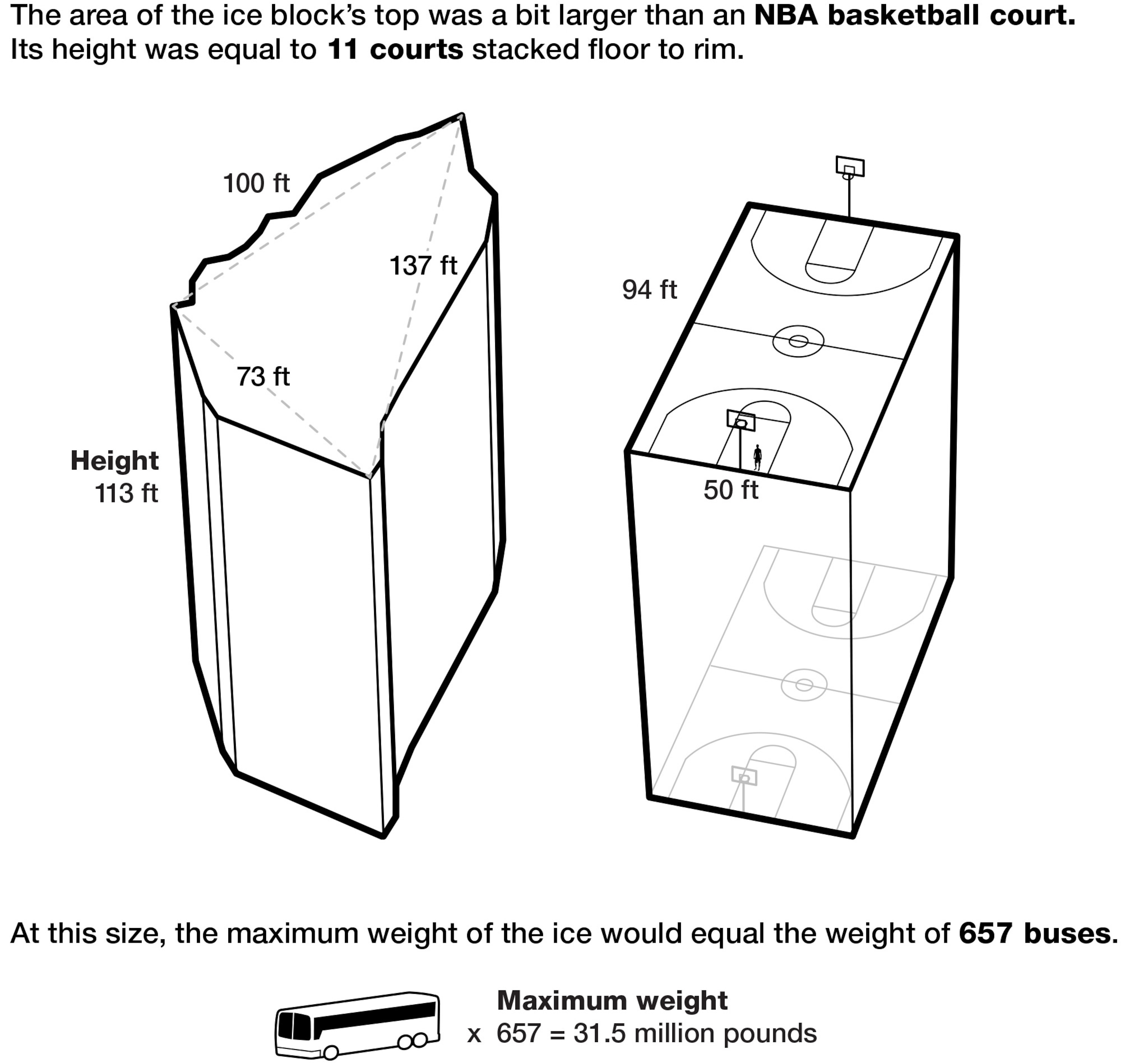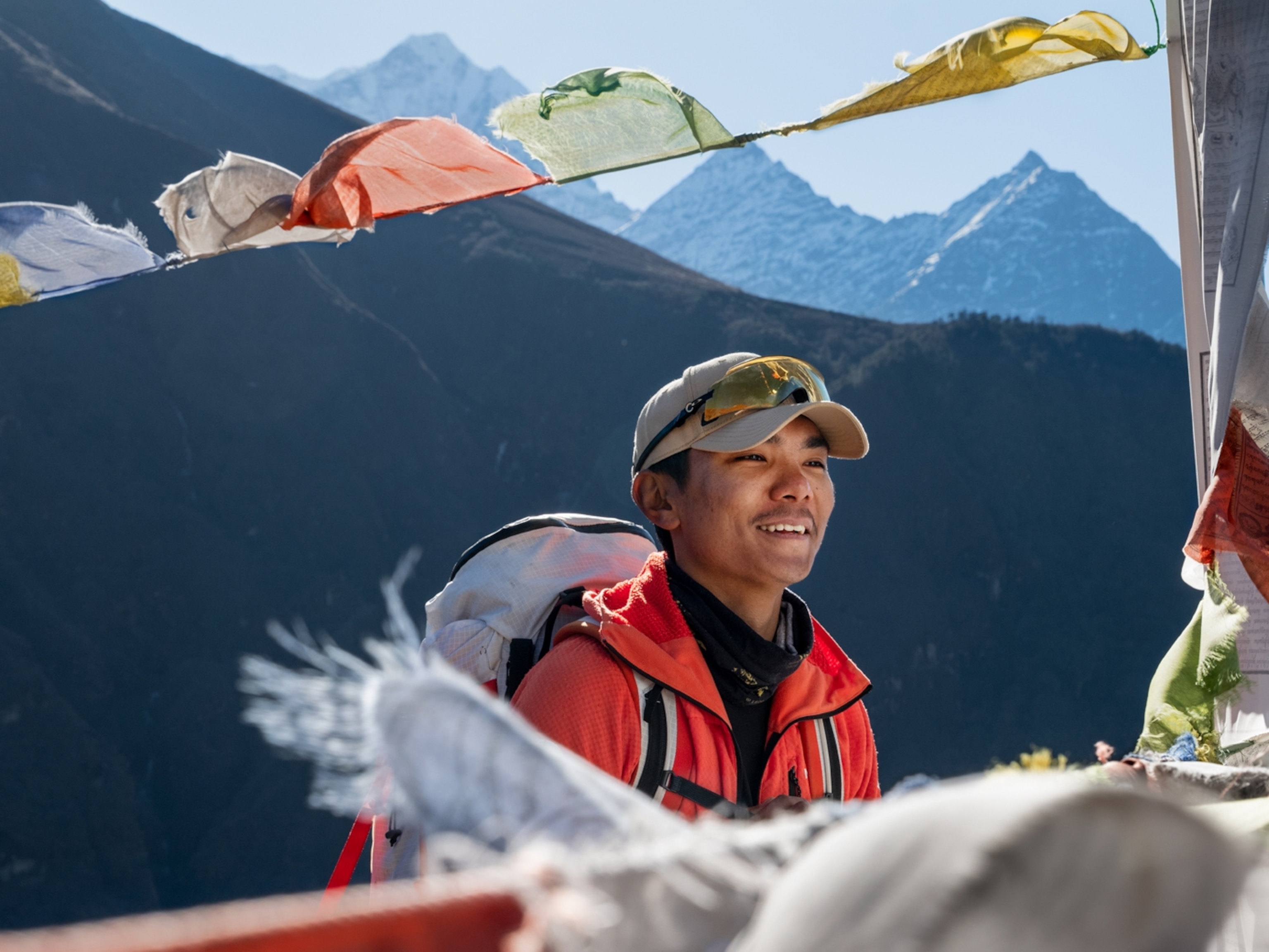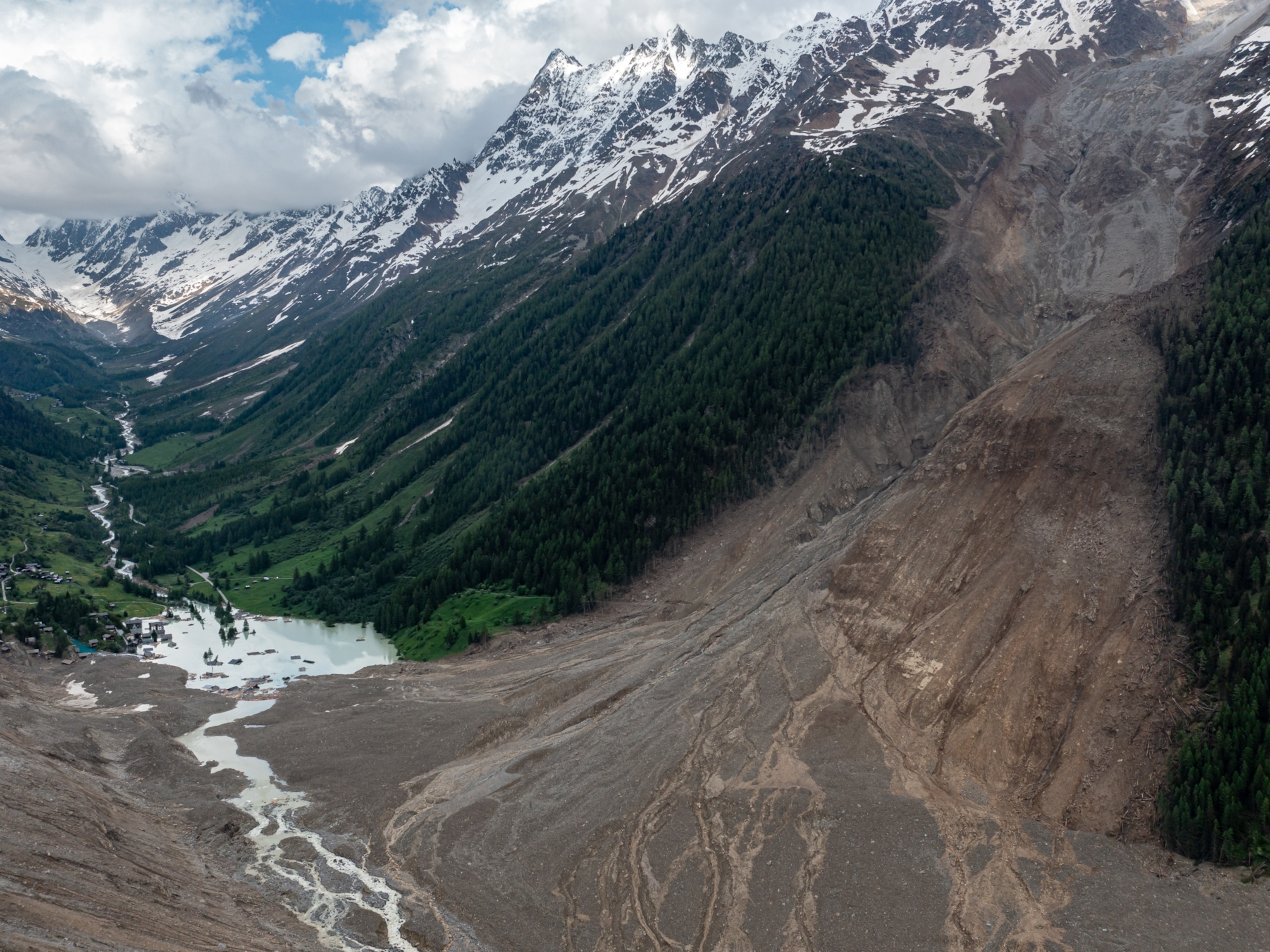
Measuring Everest's Monster Avalanche
How big was the ice block that killed 16 Sherpas?
On April 18, 2014, a massive ice formation, known as a serac, broke apart on Mount Everest, triggering an avalanche of snow and ice that barreled through the Khumbu Icefall, a notoriously dangerous zone between Base Camp and Camp I, killing 16 Sherpas.
Until now the exact origin and magnitude of the ice block was unknown. To better understand the source of the tragedy, National Geographic's senior editor and cartographer Martin Gamache superimposed two satellite photos of Everest—one from April 7, 2014, and the other from April 26, 2014—on top of one another.
"There was a very large chunk of ice sitting there in the April 7 photo. You can see it outlined in orange [in the graphic above]. And you can see on April 26 that it's really gone," Gamache says.
With that, Gamache was able confirm where the avalanche began.
Next, he tried to calculate the size of the ice released. Using rough estimates of the serac's surface area and images of the fracture zone, he was able to estimate a range for the ice block's volume and weight.
"The numbers are all fairly crude but much more accurate than the numbers that have been published until now," Gamache says.

The serac was enormous. Its surface area was roughly the size of an NBA basketball court. It was 113 feet (34.5 meters) high and weighed as much as 657 fully loaded Greyhound buses, about 31.5 million pounds (14.3 million kilograms).
"I was impressed by the size, but it was a bit overwhelming emotionally when I fully realized what I was looking at," says Gamache. "I went from satisfaction at having solved a puzzle to being very sad to pinpoint with such accuracy what killed so many people."
So what caused it to fall? The avalanche's exact trigger remains unknown. Ultimately, says Gamache, "Gravity causes these things."
For more on the Sherpas and the effects the avalanche had on their community, read National Geographic's November story "Sorrow on the Mountain."
Kelley McMillan is a freelance journalist based in Boston.




